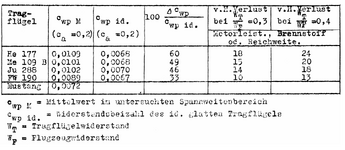Many yrs. ago i read Heinz Knokes book, where he stated in a passage that his Me109g was becoming very sluggish, he blamed it on all the crap being hung on the airframe and the "bulges" all over the fuselage. The R4M rockets on the wings seemed to draw his ire as a major drag issue. I think some pilots nicknamed the aircraft "the bulge"
So, bear in mind that Knoke is partly commenting on the "Gunboat" Bf 109 G aircraft that were principally trying to kill bombers. The underwing Gondola cannons were not liked for their extra weight and drag. Likewise, the BR21 rocket projectile was very draggy, even after firing the rocket.
Most of the later Bf 109 G aircraft were also operated with the 300l external tank, so the overall aircraft was very heavy at T/O.
R4M rockets were a less draggy installation, seen mostly on Me 262.
Late Bf 109 G and K types did get more power from late Spring 1944 onwards.
Eng

